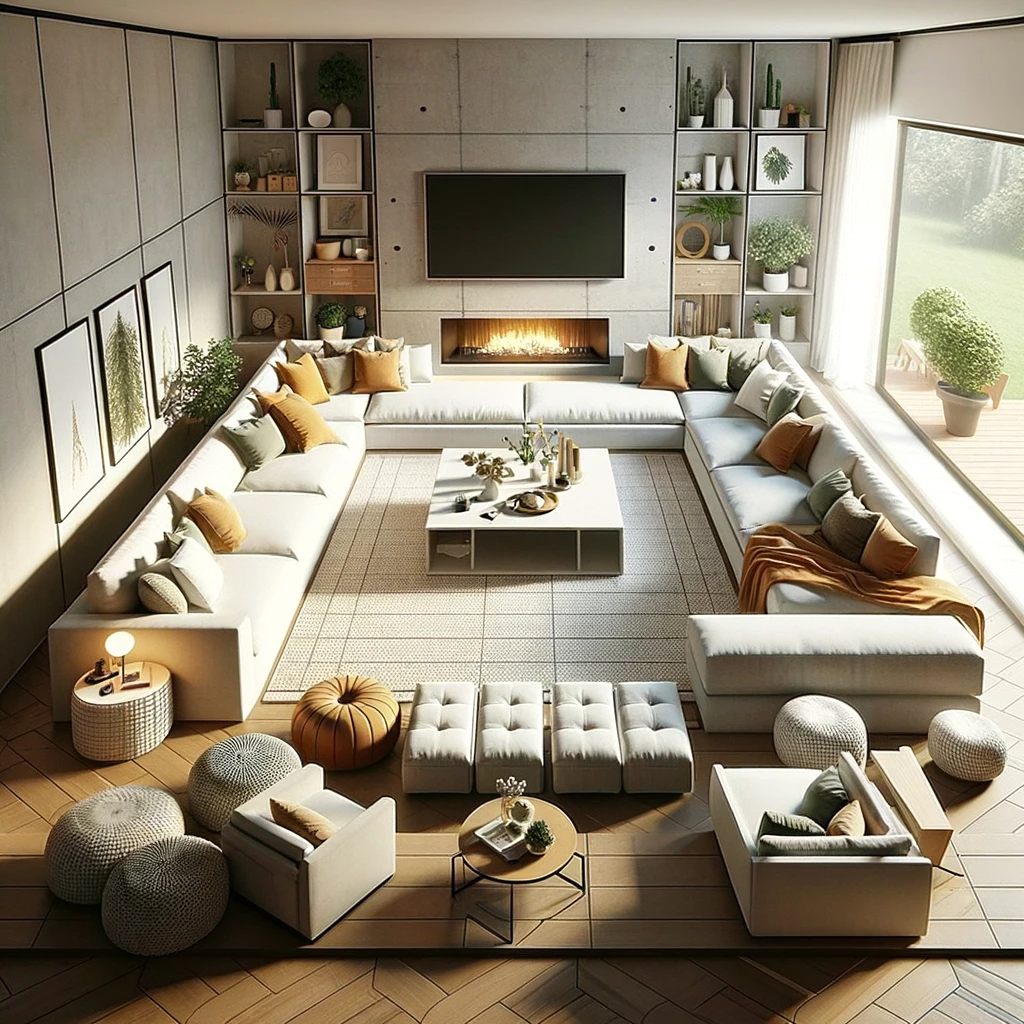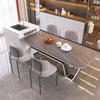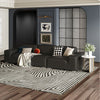Exploring the World of Sofas: From Buying Guides to Home Styling

Sofas are a central element in many homes. They serve as a place to relax, socialize, and unwind. Choosing the right sofa can enhance the overall comfort and style of your living space. This article aims to provide insights into different types of sofas, tips for selecting the right one, maintenance advice, and current trends in sofa design.

Types of Functional Sofas
1. Sofa Beds
Sofa beds can easily transform from a sitting area to a sleeping space. They are ideal for small apartments or guest rooms where space is limited. This dual functionality allows for efficient use of space.
2. Reclining Sofas
Reclining sofas feature mechanisms that allow users to adjust the backrest and footrest for comfort. They are suitable for relaxation, making them popular in home theaters or living rooms where lounging is common.
3. Modular Sofas
Modular sofas consist of separate sections that can be rearranged to fit different layouts. This flexibility makes them perfect for changing needs and can accommodate various room sizes and shapes.
4. Lift-Top Storage Sofas
These sofas come with a lift-top feature that provides hidden storage space underneath the seat cushions. They are useful for storing blankets, pillows, or other items, helping to keep living areas organized.

5. Convertible Sofas
Convertible sofas can change into different forms, such as a chaise lounge or a bed. This versatility makes them suitable for various activities, from lounging to accommodating overnight guests.
6. Ottoman Sofas
Ottoman sofas serve as both seating and footrests. Some models include storage capabilities, making them functional for small spaces while providing additional seating when needed.
How to Choose the Right Sofa

1. Determine Your Usage
Consider how you will primarily use the sofa. Will it be for everyday relaxation, entertaining guests, or formal occasions?
2. Assess Your Space
A good rule of thumb is that the sofa should be about two-thirds the length of the wall it will sit against. Ensure there is enough room for movement around the sofa.
3. Choose the Right Size
Select a size that accommodates your household. If you often host gatherings, consider a larger sofa or pairing it with additional seating options. For smaller spaces, look for compact designs that maximize seating without sacrificing comfort.
4. Material Selection
The fabric of the sofa is crucial, especially if you have children or pets. Look for durable materials that can withstand wear and tear, such as leather or microfiber. If easy cleaning is a priority, consider sofas with removable covers or stain-resistant fabrics.
5. Comfort and Support
Test the comfort level of the sofa by sitting on it. The upholstery should provide a balance of softness and support. Ensure that back support is adequate for long periods of sitting and that arm height is comfortable for lounging.
Sofa Maintenance and Cleaning

1. Regular Vacuuming
First, clean the sofa regularly with a vacuum cleaner. Use an upholstery attachment to reach corners and crevices. This prevents dirt buildup and keeps the fabric looking clean.
2. Spot Cleaning Stains
For minor stains, act quickly. Blot the stain with a clean cloth to absorb excess liquid. Then, use a suitable cleaning solution based on the fabric type. For water-safe fabrics, a mixture of distilled water and mild dish soap can be effective.
3. Deep Cleaning Methods
Steam Cleaning: A steam cleaner can be used to apply vaporized water at high temperatures, which loosens dirt without soaking the fabric. This method is suitable for many types of upholstery.

Dry Cleaning: For delicate fabrics, dry cleaning methods use solvents instead of water. This helps clean without risking damage from moisture.
Color style that matches the room
1. Identify Undertones
SSofas with warm undertones pair well with colors like beige, cream, or earthy tones. Cool-toned sofas, such as those in gray or blue, can be complemented with greens or other cool shades.
2. Consider Room Purpose
The function of the room influences color choices. For example, lighter colors can make a space feel larger and more inviting, while darker shades can create a cozy atmosphere. Think about how you want the room to feel when deciding on the sofa color.
3. Use Complementary Colors
Complementary colors are those opposite each other on the color wheel. For instance, a deep blue sofa can be paired with burnt orange accents in the room.

4. Neutral Tones
Neutral sofas are versatile and can adapt to various wall colors and decor styles. Shades like gray, beige, or taupe work well with many palettes.
5. Seasonal Variations
Consider changing sofa covers or accessories seasonally to refresh your space. Lighter fabrics in summer can create an airy feel, while richer tones in winter can add warmth.
6. Test Before Committing

Use paint samples or fabric swatches to visualize how different colors interact in your space. This can help prevent mismatches and ensure that the chosen color enhances the overall aesthetic.
FAQs
1. What are the different types of sofas available?
There are several types of sofas, including sectional sofas, sofa beds, reclining sofas, modular sofas, and loveseats. Each type serves different functions, catering to various needs and room sizes.
2. How do I choose the right sofa for my living space?
To choose the right sofa, consider factors such as the size of your room, your intended usage, material preferences, and color coordination with existing decor. Measuring your space and testing comfort levels are also essential steps in the selection process.
3. What is the best way to maintain and clean my sofa?
Regular vacuuming is key to maintaining your sofa. For stains, blot them immediately and use appropriate cleaning solutions based on the fabric type. Consider professional cleaning every few years for deep cleaning, especially for heavily used or delicate fabrics.
4. How can I ensure my sofa color matches my room's decor?
To ensure a good match, identify the undertones of your room's colors and choose a sofa that complements them. Neutral colors are versatile, while bold colors can create focal points. Testing paint samples or fabric swatches in your space can help visualize how colors work together.
5. Are there any current trends in sofa design I should consider?
Current trends include sustainable materials, modular designs for flexibility, and bold colors or patterns that make a statement. Additionally, multifunctional sofas that serve as both seating and storage are gaining popularity as people seek practicality in their living spaces.





